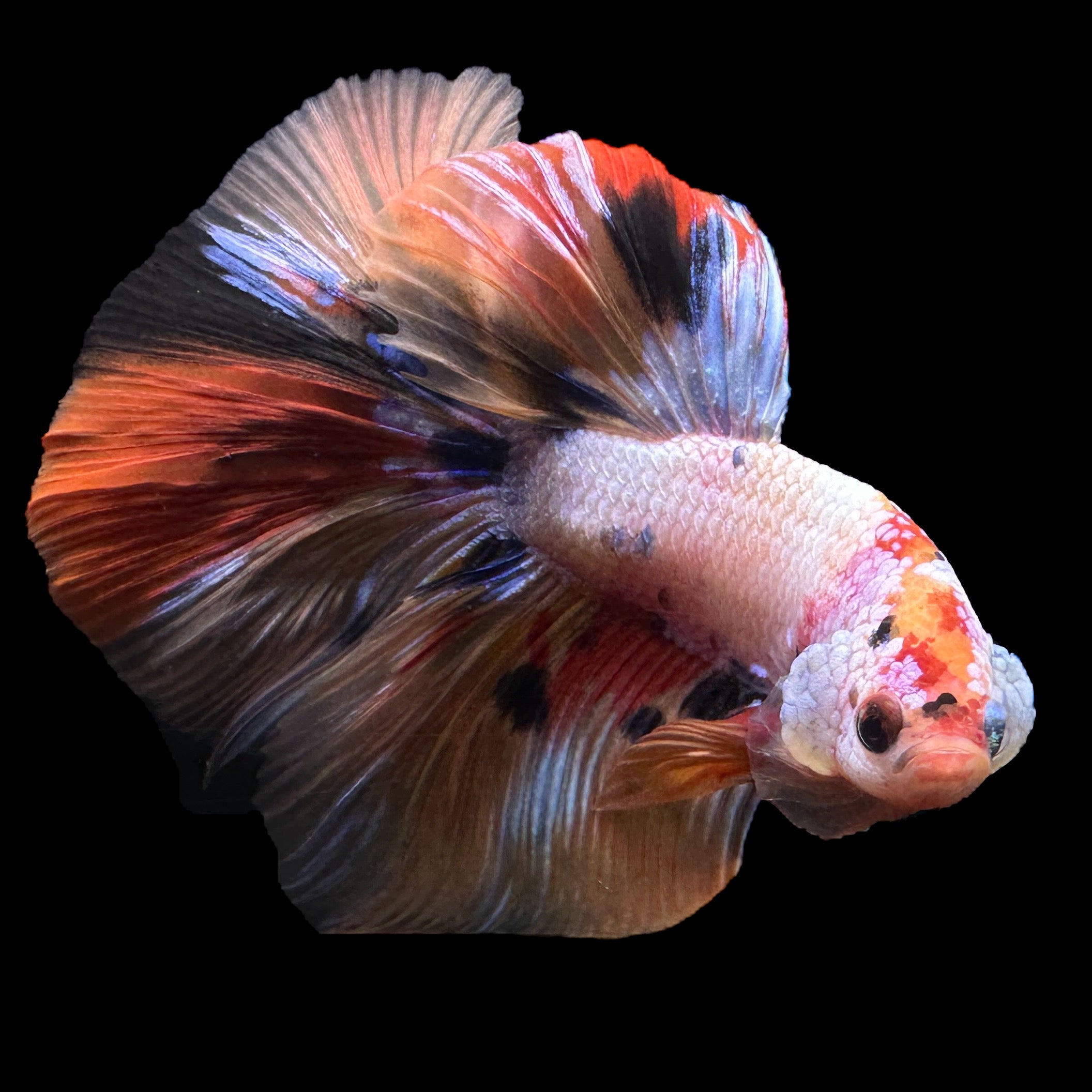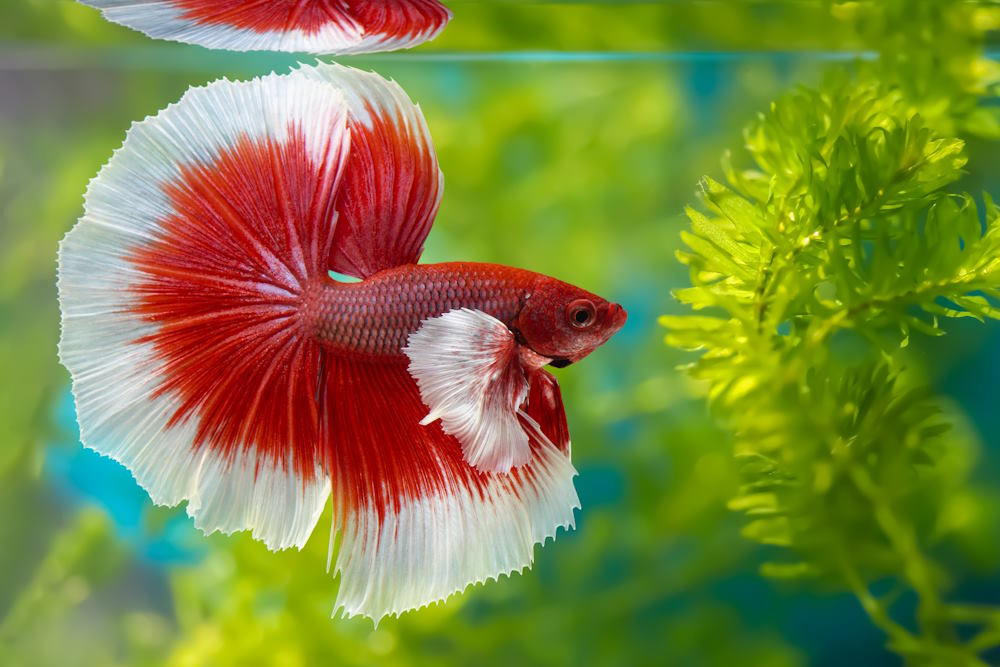Just how to Develop the Perfect Betta Fish Environment at Home
Just how to Develop the Perfect Betta Fish Environment at Home
Blog Article
Breeding Betta Fish: a Comprehensive Step-By-Step Guide to Successfully Raising Baby Bettas From Eggs to The Adult Years
Reproducing Betta fish is a thorough endeavor that needs careful preparation and execution to make sure the successful advancement of fry from eggs to develop fish. Picking genetically diverse breeding sets with desirable qualities is only the start; producing an optimal setting and recognizing the intricacies of the reproducing procedure are just as vital. As the male Betta vigilantly constructs a bubble nest and guards the valuable eggs, the succeeding phases of treatment and shift demand focus to information and understanding of best techniques. Just how does one browse the tough yet satisfying course of nurturing these dynamic animals to adulthood?

Picking Reproduction Pairs
When embarking on the journey of reproducing Betta fish, picking the ideal breeding pairs is important to achieving desirable attributes and a healthy and balanced lineage - betta fish. The very first step in this process is to recognize the particular qualities you desire to enhance or protect, such as shade, fin kind, and body shape. It is vital to choose genetically diverse pairs to avoid inbreeding, which can cause health concerns and unwanted features
Evaluate potential reproducing prospects carefully. A healthy and balanced male Betta should show lively colors, an energetic attitude, and well-formed fins, while the female should likewise present dynamic pigmentation and a rounded belly, suggesting readiness for spawning. Observing the character of both fish is crucial, as hostile or extremely shy people might not reproduce effectively.
Paperwork of family tree is similarly crucial. Maintaining records of the parent fish's origins can help you track hereditary characteristics and potential concerns. Additionally, seek advice from trustworthy breeders or online sources for assistance on choosing compatible pairs. Inevitably, investing time in the selection procedure will dramatically boost the likelihood of generating strong, vibrant children that satisfy your reproduction objectives (betta fish).

Preparing the Breeding Container
Producing an ideal breeding environment is an essential step after choosing appropriate pairs for Betta fish. The reproduction container ought to be particularly developed to offer comfort and stimulate the natural breeding habits of the fish. Beginning with a container dimension of at least 10 gallons to make certain appropriate space for both the male and women Bettas.
Keep a gentle purification system to keep the water tidy while staying clear of solid currents that can stress the fish. In addition, an air rock can be contributed to provide oxygenation without disrupting the water surface area way too much.
Temperature level guideline is crucial; purpose for a steady variety of 78-82 ° F(25-28 ° C) making use of a reliable heating system. The pH level need to be maintained in between 6.5 and 7.5, and routine water modifications are needed to ensure high water visit the site top quality.
Incorporate drifting plants or spawning sponges to produce hiding places for the woman, while also encouraging bubble nest building by the male - betta fish. Make certain the tank is free from sharp decorations and any kind of prospective hazards, as the welfare of the fish should always be prioritized during this critical phase of reproduction.
The Breeding Process
Usually, the breeding procedure for Betta fish entails a collection of unique and evident habits that indicate readiness for recreation. The male Betta begins by constructing a bubble nest at the water's surface area, which functions as a website for the fertilized eggs. This nest is crucial, as it provides a risk-free environment for the eggs up until they hatch out.
Once the nest is established, the man will certainly present courtship habits, such as flaring his fins and exhibiting vivid colors to attract the lady. The lady, upon picking up the male's preparedness, will certainly respond by showing vertical red stripes important link along her body, signifying her receptiveness.
When the women methods, the male takes part in a breeding dancing, commonly resulting in a welcome called the "spawning." During this embrace, the woman releases her eggs, which the male fertilizes right away. The fertilized eggs then drop to the bubble nest, where the male very carefully accumulates and returns them to the nest. Following this, the male presumes duty for protecting the nest and making sure the safety of the eggs until they hatch, typically within 24-36 hours. This stage is vital in the breeding procedure, laying the foundation for effective fry growth.
Taking Care Of Betta Fry
Taking care of Betta fry calls for careful interest to their environment and nourishment to make sure healthy and balanced growth and development. After hatching, Betta fry are very tiny and susceptible, necessitating a stable and clean habitat. Preserving a water temperature in between 78 ° F and 80 ° F is critical, as Betta fry grow in warm conditions. In addition, make sure that the water is complimentary of damaging contaminants; routine water modifications of 10-20% are advised to keep ideal water high quality.
Feeding Betta fry is just as vital. Feed them small amounts several times a day, being cautious not to overfeed, which can lead to water quality concerns.
Transitioning to Grownup Bettas
As Betta fry mature, transitioning them to adult Bettas is a crucial stage that requires mindful management of their setting and social communications. This process usually begins when the fry reach around six weeks of age, whereupon they can be slowly introduced to a more structured living setting.
To promote this shift, it is vital to guarantee that the water parameters-- such find here as temperature, pH, and ammonia degrees-- are optimum and steady. Adult Betta fish thrive in warm water (around 78-80 ° F) with a pH of 6.5 to 7.5. Gradually acclimate the fry to these conditions to lessen tension.
Social interactions are another vital factor; man Bettas are notoriously territorial and aggressive. Therefore, it is a good idea to separate men right into private tanks as they grow. Female Bettas can be housed together, however treatment should be required to check for indicators of aggression.
Furthermore, nutritional adjustments must be made as the fry grow. Include high-quality pellets and live foods to support their development and health. By taking care of these factors properly, you can advertise an effective change to adulthood for your Betta fish.

Verdict
Effective breeding of Betta fish needs mindful focus to detail throughout the entire process, from selecting genetically varied pairs to giving optimal care for fry. Furthermore, a balanced diet regimen and gradual adjustment to adult settings are essential for the growth and advancement of Betta fish.
Report this page